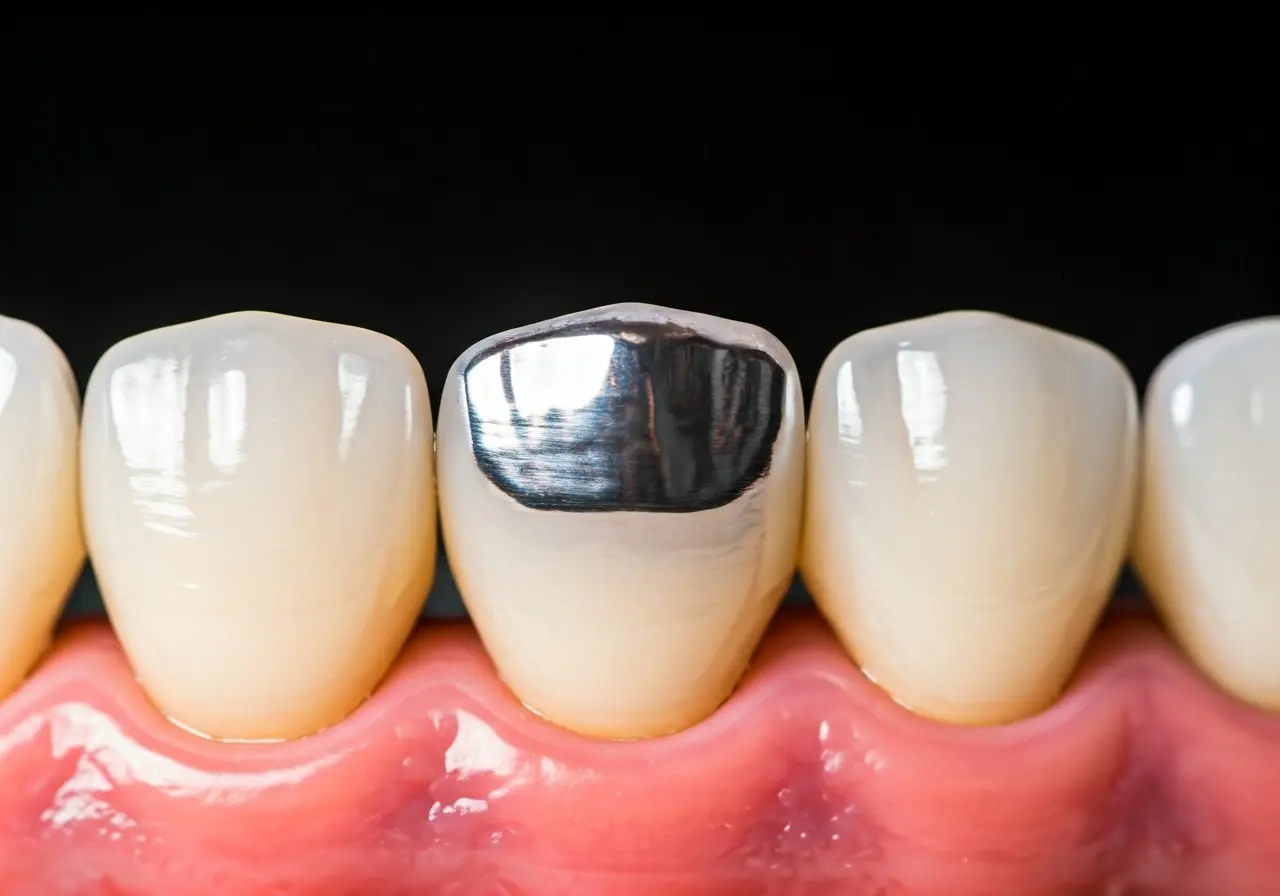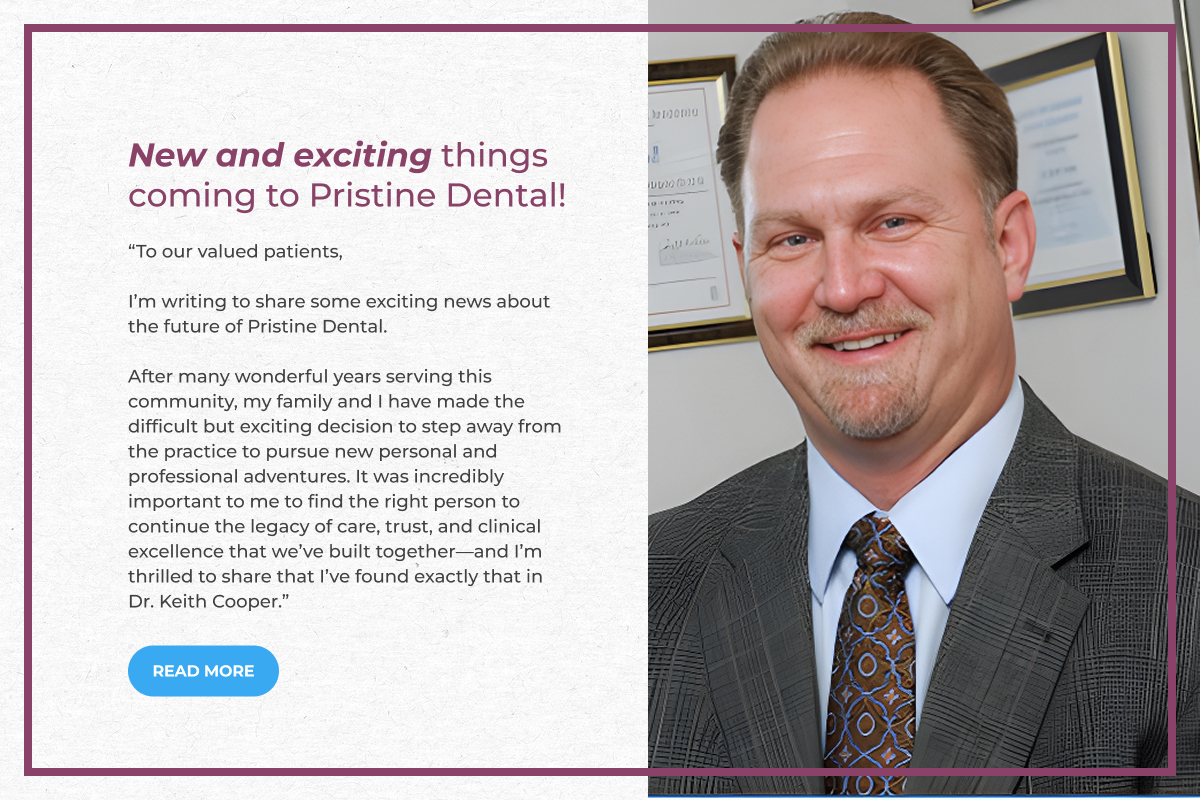Dental crowns are an essential part of restorative dentistry, offering durability and aesthetics to damaged teeth. While they are common, there are plenty of intriguing insights about them that may surprise you. Let’s explore some fascinating facts about dental crown repair to deepen your understanding of this crucial dental solution.
1. The Composition of Modern Crowns
Dental crowns are crafted from a variety of materials, each offering specific benefits. From all-ceramic to porcelain-fused-to-metal, the choice of material impacts both the durability and aesthetic appeal.
In recent years, the use of zirconia has gained popularity in dentistry. It is known for its exceptional strength and a translucent appearance that closely resembles natural teeth. This makes zirconia an appealing choice for dental restoration because it offers both functionality and a lifelike look.
2. The Lifespan of a Dental Crown
Typically, a dental crown can last between five to fifteen years, depending on lifestyle and oral hygiene practices. Regular dental check-ups play a key role in extending the life of your crown.
However, various factors can influence its longevity. Habits like teeth grinding or a penchant for biting on hard substances can significantly decrease a crown’s lifespan. On the flip side, adhering to excellent oral hygiene practices can ensure your crown maintains its form and function over a longer period.
3. Common Causes of Crown Damage
Despite their strength, dental crowns can be damaged by grinding, accidents, or decay of the underlying tooth structure. Recognizing these factors can help in preventing unnecessary damage.
Decay can particularly be insidious, as it won’t affect the crown itself but the tooth it covers. To combat this, maintaining regular dental hygiene regimens such as brushing, flossing, and visits to a dentist are vital in keeping the underlying tooth structure healthy.
4. Symptoms of a Faulty Crown
If you experience discomfort, sensitivity, or notice a shift in your bite, it might indicate an issue with your crown. Prompt attention from a dentist can alleviate these symptoms effectively.
Additionally, visible cracking or loosening of the crown also signifies trouble. Should you notice any of these symptoms, it’s crucial to consult with a dental professional who can assess the issue and prevent it from escalating into more severe dental concerns.
5. The Process of Repairing a Dental Crown
Minor damages might be repaired within a single visit, whereas more significant issues could require replacement. Understanding this process can alleviate anxiety and prepare you for potential outcomes.
Typically, repair involves reshaping the damaged crown or applying a composite resin to mend small chips or fractures. In cases needing replacement, the dentist will create a new mold for your tooth. These processes ensure the reformed crown fits seamlessly with your surrounding teeth, both in function and appearance.
6. Cost Implications and Insurance Coverage
The cost of repairing or replacing a dental crown can vary widely. It’s important to check with your dental insurance to see what procedures are covered and what out-of-pocket costs may occur.
7. Innovations in Crown Technology
Advancements in dental technology have made crowns more natural-looking and durable. Materials like zirconia provide strong options while digital imaging aids in precise fitting.
Additionally, computer-aided design (CAD) and computer-aided manufacturing (CAM) technologies have streamlined the creation of crowns, making them available faster than traditional methods. These innovations not only enhance the quality and customization of the crown but also enhance the patient’s overall dental experience.
8. Preventive Measures Post-Repair
Practicing good oral hygiene and avoiding hard foods can minimize the risk of further damage. Regular dental visits support ongoing crown maintenance for long-term results.
9. Dental Crown Repair vs. Replacement
Deciding between a repair and a replacement depends on the extent and type of damage. A qualified dentist will guide you in making the best decision based on your specific situation.
10. Impact on Oral Health
A well-maintained dental crown restores tooth functionality and prevents further oral health issues. Neglecting crown repairs can lead to more complex dental problems.
11. Environmental Considerations
Eco-friendly dental practices are emerging, with some clinics offering sustainable alternatives. It’s worth discussing these options with your dentist if sustainability is a priority for you.
12. The Role of Personal Habits in Crown Longevity
Habits such as clenching teeth or not wearing a mouthguard during sports can affect the lifespan of a crown. Adopting protective habits enhances crown durability significantly.
Moreover, even subtle changes in personal habits can contribute to significant improvements. Switching to a softer toothbrush, for instance, reduces abrasion against the crown. Similarly, limiting sugary food intake limits oral bacteria growth, which in turn protects the natural tooth beneath the crown.



